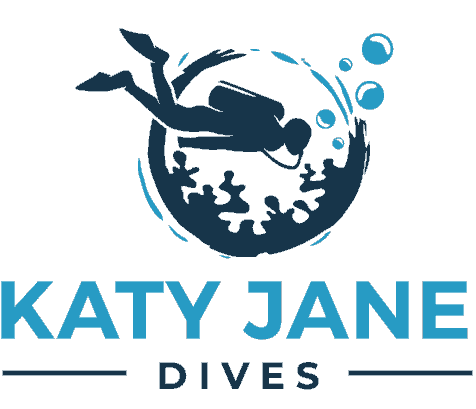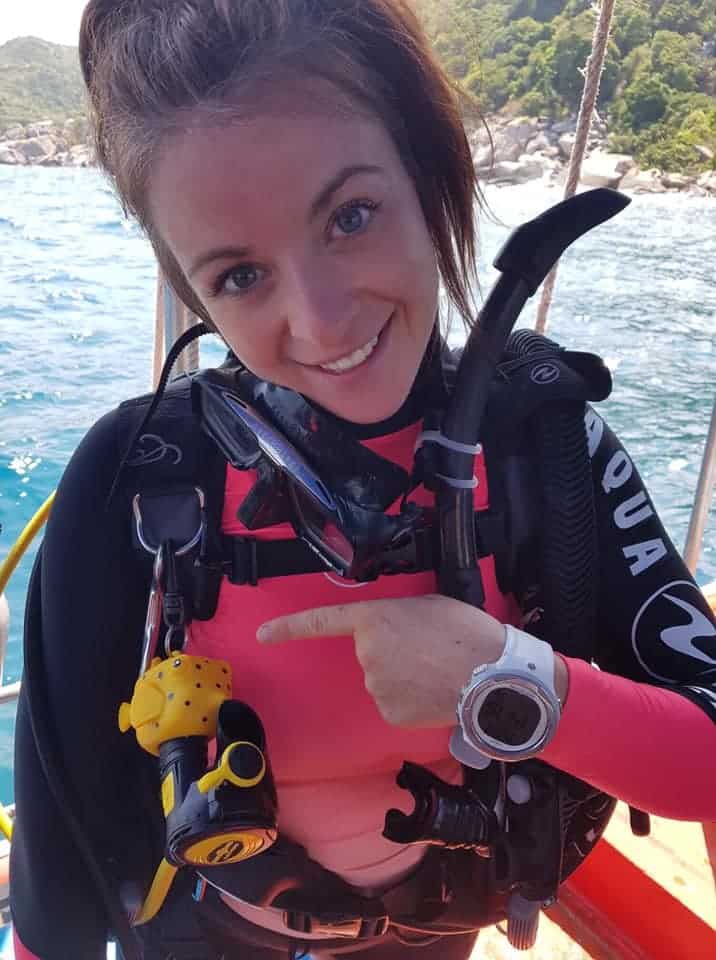The Canary islands are a group of volcanic Spanish islands off the North East coast of Africa. With golden sunshine all year round, the Canary islands sees as many as 12 million visitors every year. Tourists are greeted with some of the most mesmerizing volcanic landscapes and pristine beaches.
With scuba diving growing in popularity in recent decades, this tiny spec of islands in the North Atlantic ocean has become one of the worlds most popular scuba diving hotspots.
If you are planning your next dive trip to the Canary islands then be sure to read on as we explore the best spots for all levels of scuba diver.
Table of Contents
The 8 Main Canary Islands
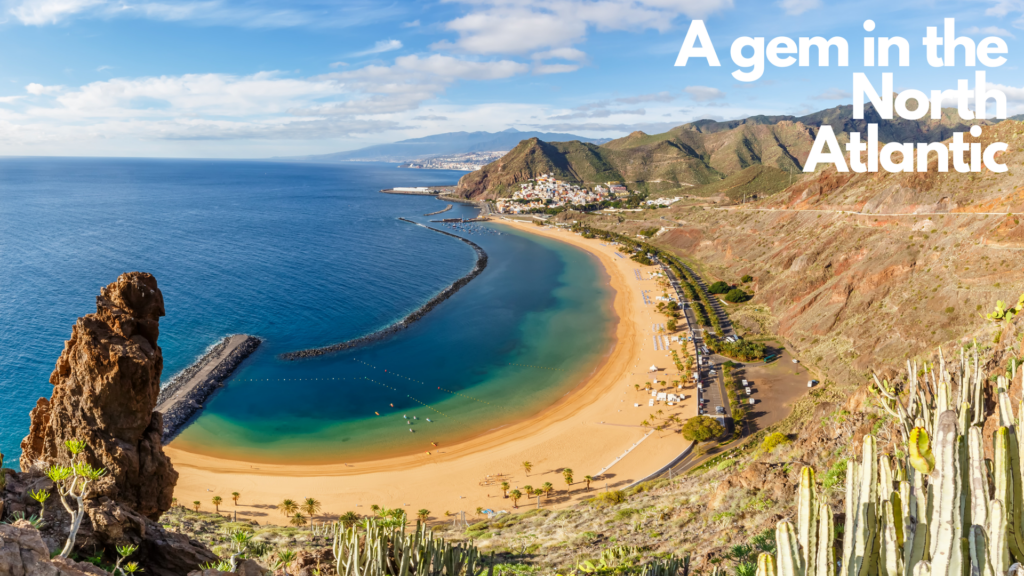
The archipelago in the North Atlantic is made up of 8 main islands. The oldest of them being 20 million years old! These islands consist of:
Gran Canaria
Tenerife
Lanzarote
Fuerteventura
La Gomera
El Hierro
La Palma
La Graciosa
These 8 islands popped up out of the ocean after volcanic eruptions millions of years ago. Since then they have left behind some amazing underwater sites for scuba divers to explore. Let’s look deeper at some of the best diving in Canary islands.
Gran Canaria
Gran Canaria is sometimes referred to as a ‘mini continent’ due to it having a great diversity in landscapes. From golden beaches and sand dunes in the south of the islands to pine Forrest’s and mountains on the west coast.
It should come as no surprise that the underwater world here is just as spectacular. Here are some of the best dive sites in Gran Canaria.
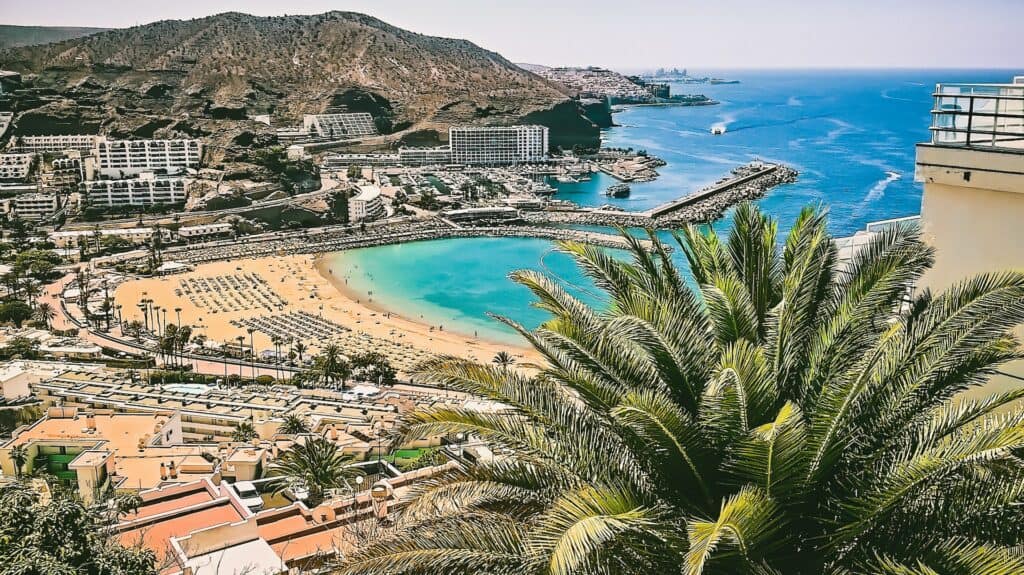
The Arona Wreck
This merchant ship sank off the coast of Gran Canaria in 1972 after a fire. Sitting on sides side at a depth of 35 meters, the Arona is a popular shipwreck for experienced divers.
The shallowest part of the wreck sits around 20 meters deep and all around the wreck marine life has begun to thrive over the years. There is usually great visibility as you swim through schools of bream and if you are lucky even barracudas. While attached to the wreck are cold water corals and anemones.
Pasito Blanco
Approximately 2km off the southern most point of Gran Canaria lies Pasito Blanco reef. With an average depth of 10-15 meters this is a good place for all level of scuba divers.
There is an abundance of marine life here as along side the natural reef sits an artificial reef. This artificial reef has taken very well and is full of soft corals. This dive site is a hotspot for stingrays with some locals even referring to the site as ‘Chucho’ which translates to stingray.
El Cabrón Marine Reserve
El cabrón marine reserve is one of only 3 marine reserves in the Canary islands. If you can find a dive centre to make to treacherous drive down some of the most rugged parts of the island then you are in for a treat.
This is a shore dive and you will have 4 points of entry available. You can dive here multiple times and see different areas of the dive site with everything from caverns, swim throughs, caves, arches, deep drop offs and amazing marine life. This is often touted as the best dive site in Gran Canaria.
Tenerife
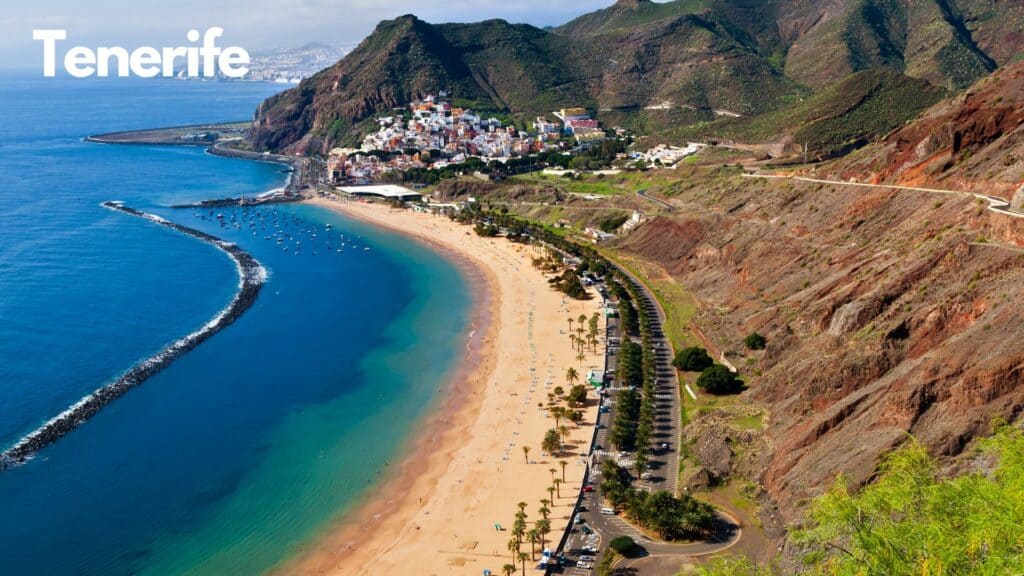
Tenerife is the largest of the Canary Island and also the most densely populated. It is a great place for adventure activities as it boasts the tallest peak in all of Spain with mount Teide and some of the most popular dive spots in the region.
Tabaiba Wreck Dive
This wreck was sunk in 2006 as an artificial reef in order to promote marine life restoration and bring in scuba divers to the area. There is great news for beginner divers as this wreck site is a shore dive that is easily accessed from a small pool and there is even a ladder to help you in!
Once on the wreck you will be treated to some of the best marine life in all of the islands with Stingrays, Barracudas and if you are lucky and have a good eye, even Seahorses!
Neptunes Cave
A great dive for all levels of diver to experience. Most dive boats will stop over an area of around 7 meters giving you a gradual descent down to around 18 meters where you find the large entrance to Neptunes cave.
The entrance to the cave is sometimes home to Atlantic rays resting in the sand. It is even possible to see the extremely illusive Angel Sharks hanging around inside the cave.
Los Championes
If you want to dive Tenerife then Los Championes is a dive site you have to explore. Recommended for advanced scuba divers as its deepest points are around 35 meters below the waves.
Given its name because of spectacular rock rotations and underwater topography, Los Championes is the place for volcanic scenery with lots of swim throughs and overhangs to explore.
This dive site has become notorious for sighting of Moray Eels free swimming so keep your eyes open. You can also find Barracudas, Stingrays and Trigger fish here.
Lanzarote
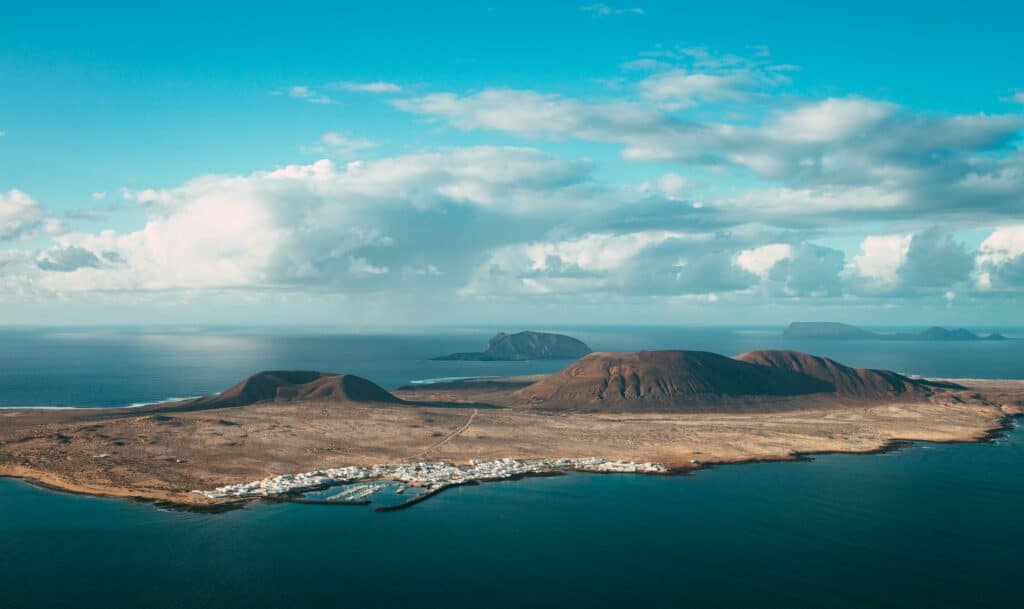
Lanzarote is a special place above and below the surface of the water. It is famous for vast lava field and shallow sea beds. It also boasts some of the clearest blue water in the Canary islands.
The scenery here is so spectacular and unique that in 1993 it was declared a UNESCO biosphere reserve.
Museo Atlántico
Translated, Museo Atlántico means underwater museum and it is the only one in the whole of Europe. With over 300 casts being laid in an 50 square meter area of baron sand, this underwater sculpture museum is a must for all levels of diver and even snorkellers.
The aim over many years is for the neutral PH concrete material that the statues are made from to be transformed by the marine life that will make homes on and around the site.
With its shallow depth of just 14m this site can be enjoyed by all levels of diver and is fast becoming one of the Canary Islands most famous dive sites and a bucket list site amongst scuba divers.
Blue Hole, Playa Chica
This is a great option for advanced divers looking to experience a unique diving experience in Lanzarote. As you descend the striking blue color of the water inside the hole will leave you in awe.
As you descend down to around 25 meters you begin to see the entrance to the cave which is home to some amazing marine life and colourful fish including Rays and dusky Groupers.
On the way to the blue hole be sure to look out for the Eel garden and large schools of fish.
The Eye & Cathedral, Playa Chica
One of the most popular dive sites amongst the scuba divers on Lanzarote due to its easy access from the shore and its amazing marine life.
The Cathedral is located past an Eel garden and a section of vertical walls housing lots of macro life. Once you arrive at the Cathedral you will be greeted by a famous fish known amongst locals as Felix. He is an enormous dusky Grouper that always frequents the inside of the Cathedral.
The Eye is a little bit of a longer swim and on the way you will be amongst the vastness of the Atlantic Ocean for a few minutes. It is worth looking out into the blue as Mola Mola and Manta Rays have been known to make an appearance.
Fuerteventura
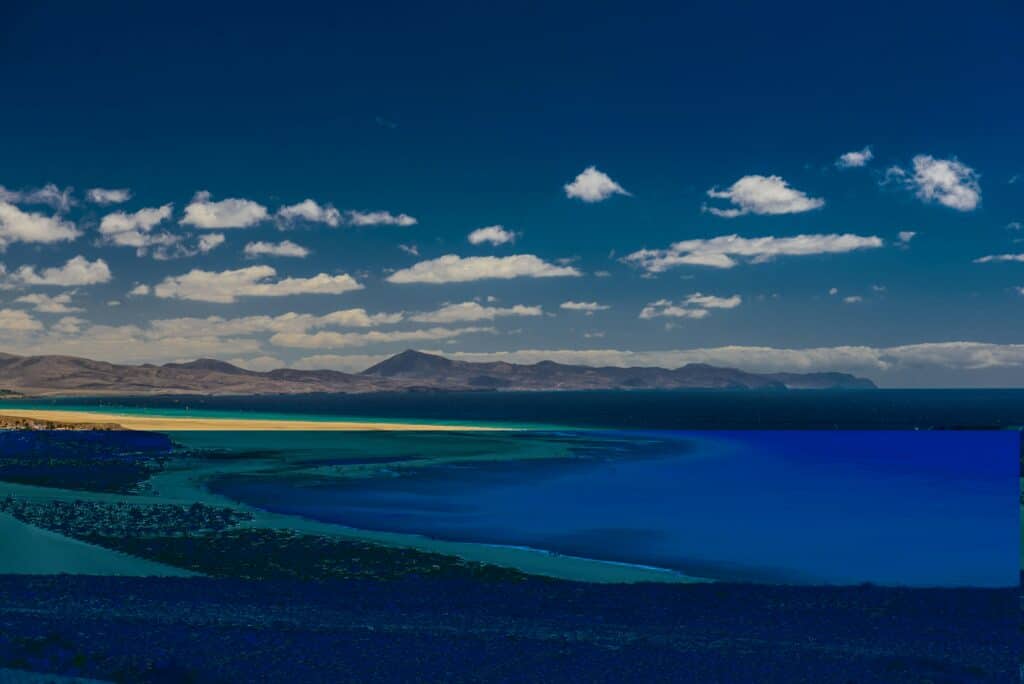
Fuerteventura is thought to be the oldest of the Canary Islands at a whopping 20 million years old! With its rich geological history and its turquoise colored waters, it’s no wonder scuba divers flock here every year.
Due to the volcanic origins of Fuerteventura, many of the dive sites have spectacular rocky topography with lots of caverns and swim throughs to explore.
Big reef of Jandia
This is the perfect dive site for all levels of scuba diver, especially those who have not dived in a while and need to ease back into the sport. Located just 200 meters away from the beach, this site is easily accessible and most of the marine life are seen in the first 15 meters of water.
The big reef of Janina is also a good option for more experienced divers with impressive walls and caverns to explore up to a depth of around 40 meters.
El Castillo Negro
You will find this dive site located off the Caleta de Fuste pier. The reef extends to a depth of around 30 meters and is recommended for advanced divers. However, newer divers can dive this site with an experienced guide.
Once on the reef you will find some stunning local marine life including Cuttlefish, Moray Eels, Stingrays, Groupers and much more.
Bajon del Rio
Located in the north of the island of Fuerteventura just 5 minutes by boat from the port of Corralejo, Bajon del Rio is a popular dive site with more experienced divers. The dive site is at around 18 meters deep and extends down to around 40 meters.
The popularity of this dive site is down to its volcanic origins creating mushroom like rock formations are home to some incredible biodiversity. You will find some unique corals and sponges growing here as well as lots of fish species.
Lesser known Canary islands
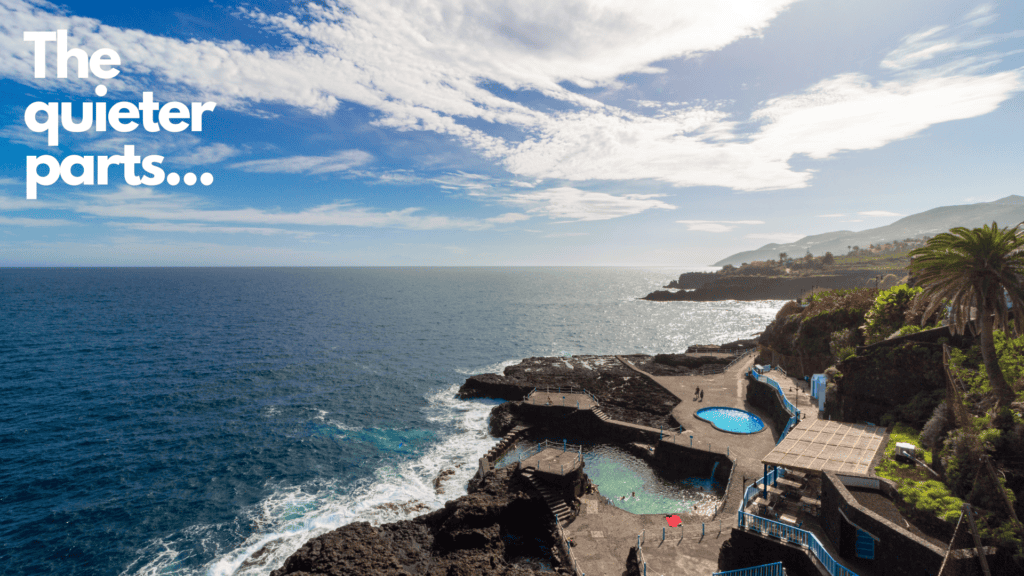
When booking a trip to the Canary Islands, most people think of the big 4 islands consisting of Gran Canaria, Tenerife, Lanzarote and Fuerteventura. However there are 8 islands in total and the other 4 are often overlooked. These islands are:
La Gomera
El Hierro
La Palma
La Graciosa
La Gomera
La Gomera is one of the smallest of the Canary islands. Despite not having big hotel chains and a busy tourist scene, the island has a lot to offer. Coming to La Gomera offers a more authentic view of life in the Canary Islands and for scuba divers, there is still lots of amazing diving on available.
With more than 20 dive sites and less divers around, you will usually have a dive site all to yourself. La Gomera is also well know for its Whale and Dolphin watching with many describing it as the best place to spot Cetaceans in the Canary Islands!
El Hierro
Another island that is off the beaten track is El Hierro. This island is both furthest south and furthest west, making its underwater landscapes unique. Surrounded by up to 3000 meters of deep Atlantic Ocean, you will find some of the most amazing marine life here.
El Hierro is home to the El Restinga marine reserve and in 2011 an underwater volcano erupted. This has caused the biodiversity of marine life in the area to explode and has created the most stunning seascapes underwater. It is also the best spot to search of the illusive Whale Sharks and Manta Rays as the commonly pass by the island.
La Palma
If you consider yourself an adventurer then you must visit La Palma. The island is filled with interesting places to explore such as the crater in Caldera de Taburiente national park on non diving days. La Palma is a starlight reserve and a UNESCO biosphere reserve making it a dream for photographers.
Underwater photographers will not be disappointed as the diving is just as spectacular as the scenery above water.
La Palma has a series of underwater caves, caverns, lava tubes and walls that are constantly changing over the years with brand new volcanic activity creating an ever evolving underwater landscape.
La Graciosa
La Graciosa is the smallest of the inhabited Canary islands. However it packs a punch bigger than most for those looking to scuba dive. The islands waters are part of the biggest marine reserve in Europe and have an incredible biodiversity waiting to be explored.
The marine life here is so unique that scientists from all around the world flock here to study the marine life in its waters.
La Graciosa boasts some of the best scuba diving in the region with caves, caverns, volcanic tunnels and some deep reefs with uniques coral species.
The Endangered Angel Sharks
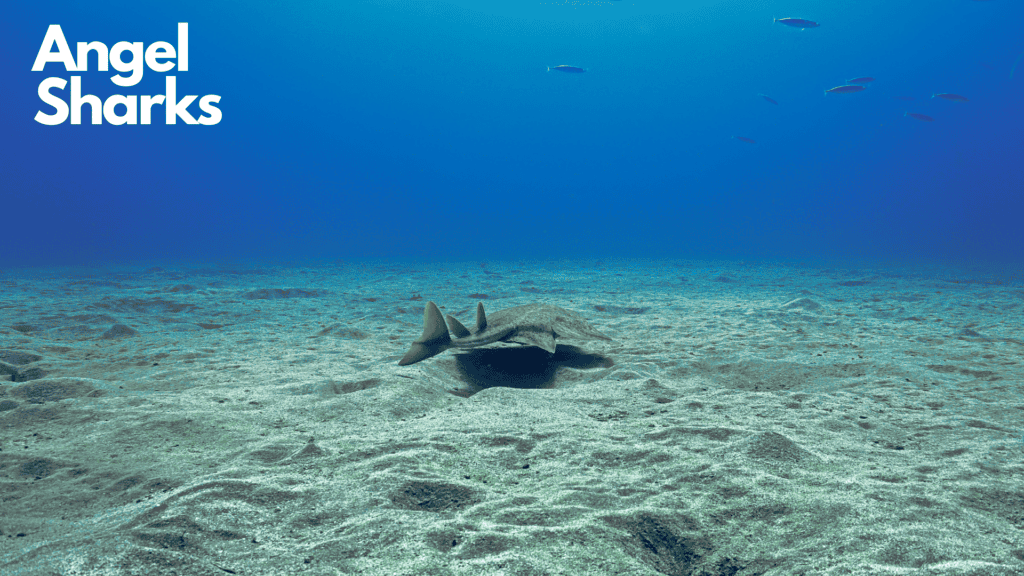
Angel Sharks are listed as ‘in danger of extinction’ according to the Spanish endangered species list. In fact the Angel Shark is the 2nd most threatened species of Shark or Ray in the world! The Canary Islands is unique in that these rare Sharks can be seen here more commonly than in other parts of the Atlantic Ocean and Mediterranean Sea.
Be sure to report your sighting of an Angel Shark if you are lucky enough to encounter one using the Angel Shark sightings map to help us understand more about this unique shark and how numbers are progressing.
When is the Best Time to dive in the Canary Islands?
With warm weather all year round, the Canary Islands are accessible for scuba diving at any time. The busiest periods are during the European summer months between May and September, at these times you will encounter more scuba divers on dive sites and will find it easier to get enough divers to cover fuel costs on longer boat trips to dive sites.
If you would like a quieter experience then you can head to the Canary Islands in the winter months, where you will find a lot less tourists and, most likely, more peaceful dive sites.
What is the Water Temperature in the Canary Islands?
If you are a diver that prefers to wear your own wetsuit then you will need to know what to bring with you for your trip. You can enjoy diving in the Canary Islands is great year round, however the water temperature does vary.
Winter Months
From around November onwards the water temperature gets down to around 16 degrees Celsius at times and can be as high as 20 degrees Celsius. For this you are best to bring a nice thick 7mm wetsuit to be comfortable.
Summer Months
In summertime you can find water temperatures of up to 25 degrees Celsius on the hottest days but the average is between 22-24 degrees Celsius. For this you can dive in a 5mm wetsuit and be more than comfortable here. Some divers even brave a 3mm full suit.
